It’s no secret the United States abandoned its immunocompromised, elderly and disabled residents throughout the last four years of the pandemic. While these vulnerable groups remain at risk, general consensus unfortunately paints the wider population as in the clear.
But now that we find ourselves in a sudden surge with fewer protections than ever, our responsibility to act collectively is long overdue.
Although we should have never scaled back COVID-19 surveillance in the first place, it’s not too late to bring it back. As a first step, we must lean into wastewater testing to regain any sense of direction in this ongoing pandemic.
How It Works — And Doesn’t
Wastewater testing offers insight into a community’s health through sewage sample collection. It’s a unique form of testing because it catches asymptomatic and mild cases that would otherwise fly under the radar. It also helps detect viral presence in communities before symptoms even kick in, making it an important tool for proactive safety measures.
However, its flaw is its inability to paint a detailed picture. It only shows if there’s a surge of viral presence, not how much of it is there. As Nirav Shah, the CDC’s principal deputy director, told TIME Magazine, “We will still be able to tell that it’s snowing, even though we are no longer counting every snowflake.”
Why We Need It
It’s unclear exactly how big the most recent surge is for this reason, but scientists claim it may be the second-largest since the pandemic began, just behind the Omicron variant. Utah’s residents have found themselves at the mercy of this surge, with the CDC’s wastewater surveillance data showing a clear increase in viral particles. In fact, we’re one of 10 states with the highest levels of the virus.
The JN.1 variant, highly contagious and emerging in tandem with a variety of other respiratory diseases, should have us concerned. Well over 20,000 people were hospitalized in the last week in this country. Deaths are averaging 1,000 per week. Over 100 Utahns have died as a result of COVID infection in the last three months alone.
News sources throw around COVID-19 death counts with an all-too-normal detachment that disregards the value of life. They treat the 1,500 people who died of COVID-19 between Thanksgiving and Christmas as chump change.
Experts have consistently warned the public about a COVID-19 resurgence. Even if that doesn’t happen this time around, it could burst our country’s complacent bubble next time.
Wastewater analysis technology is helping prevent the erasure of COVID-19 as a still-present and serious issue. The government’s irresponsible actions and the constant push for a return to normalcy have cost too many lives.
Expanding & Improving Our Surveillance
While not a perfect solution, wastewater testing remains one of the last measures being taken to keep an eye on the virus that has haunted us since 2020. Laboratories, state health departments and hospitals haven’t been required to report test results since last May.
Although take-home test kits are once more free to order, the government’s decision to relaunch the program came after eight straight weeks of increased COVID-19 hospitalization. Our government must invest in our health and safety and bring back required reporting from state institutions.
Wastewater testing is critical, but it’s not enough alone. Problems like dilution from rainwater, contaminants and inadequate regulations for standardized testing complicate the effectiveness of this surveillance program.
The answer is clear: we need to combine wastewater testing with other virus-tracking efforts. We also need consistent wastewater testing so we can get an accurate idea of where we’re at in this pandemic — which hasn’t actually ended.
Wastewater testing gives us the chance to monitor disease transmission in our communities, but to do nothing with the information it gives us is reckless at best. As we’ve seen, it’s fatal at worst.
It’s been four years of learning the hard way that our government is careless and disregards our lives. Rather than setting up safety measures for the next pandemic, we’ve seen the U.S. work to sweep this one under the rug at our expense. We should be furious. We cannot let them continue to throw us under the bus when they have the technology available.
Let wastewater testing inform your choices. Wearing a mask to class, work and crowded functions can save lives. Get vaccinated and boost your immunity. Test yourself after traveling and stay home if you’re sick. But most of all, demand more from your government.







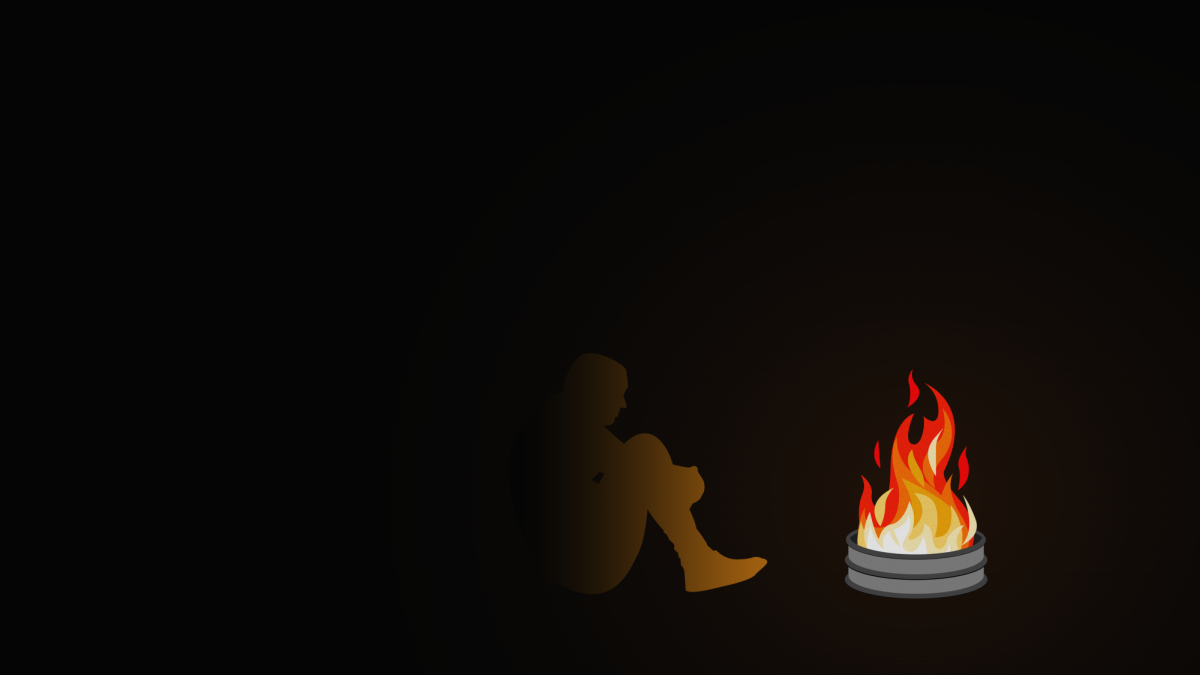
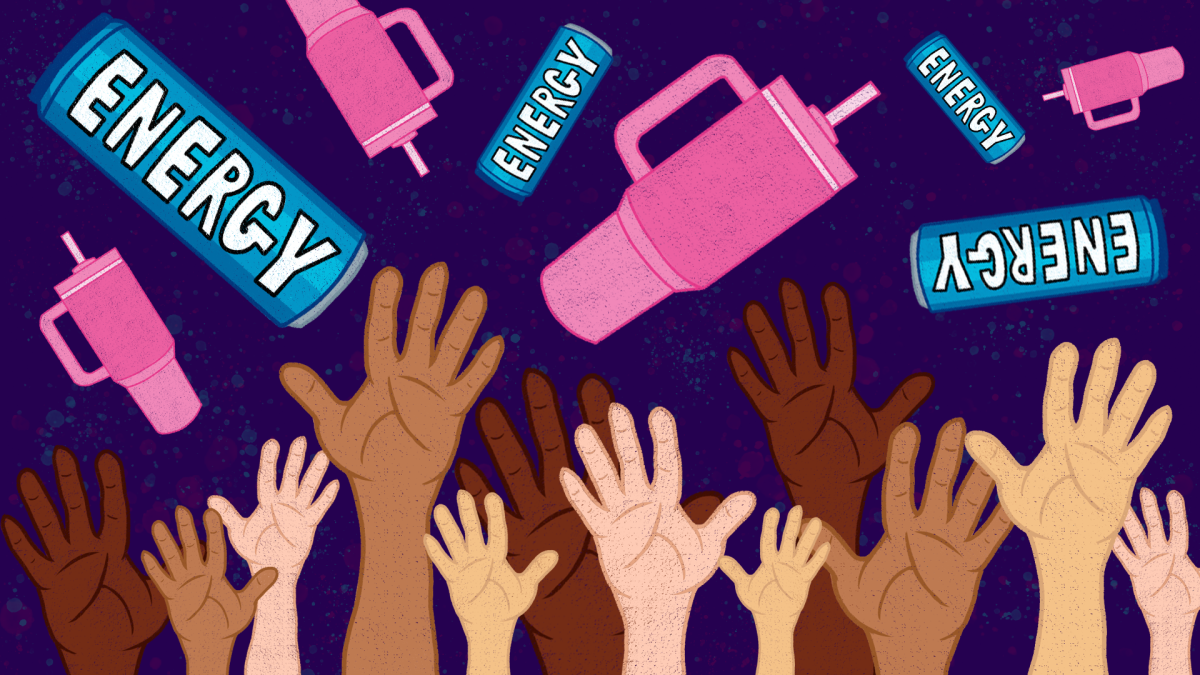
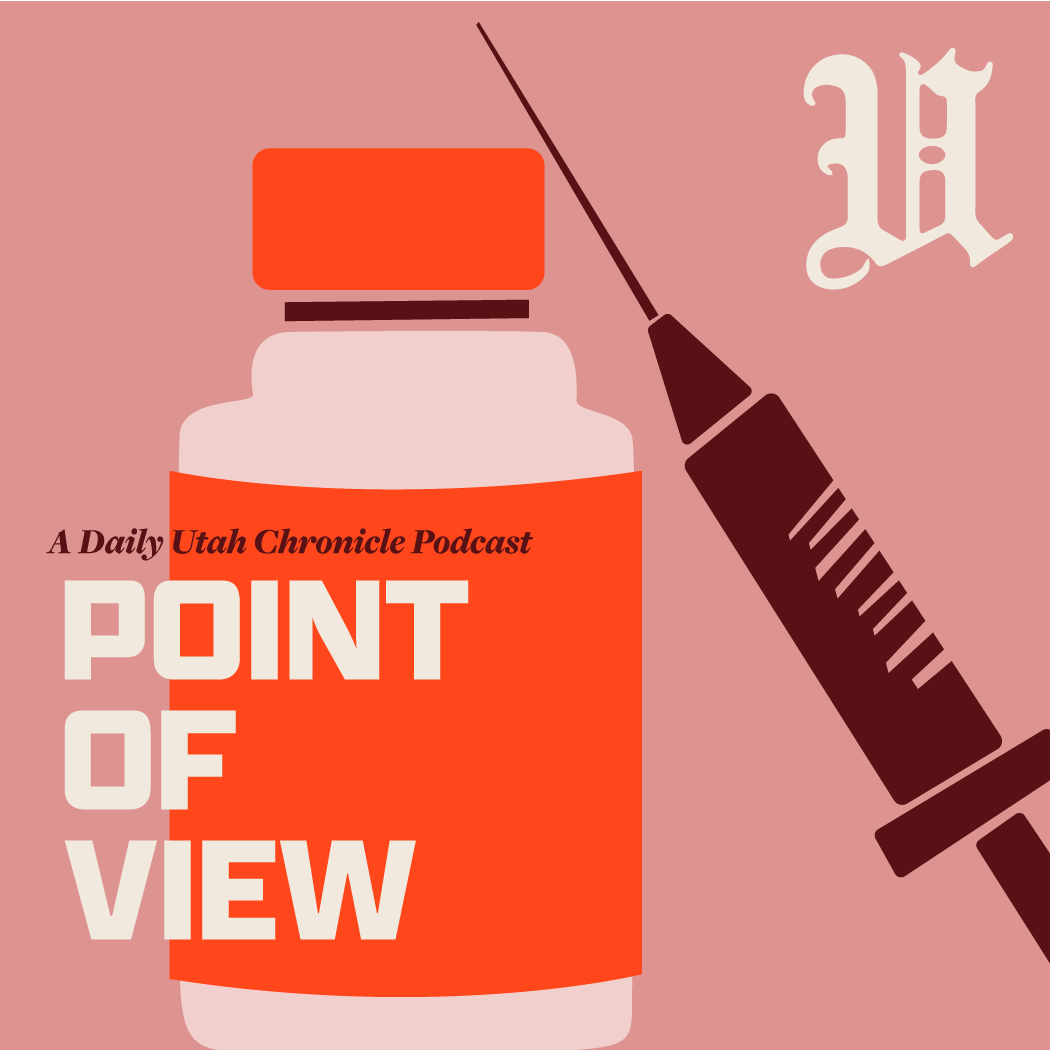

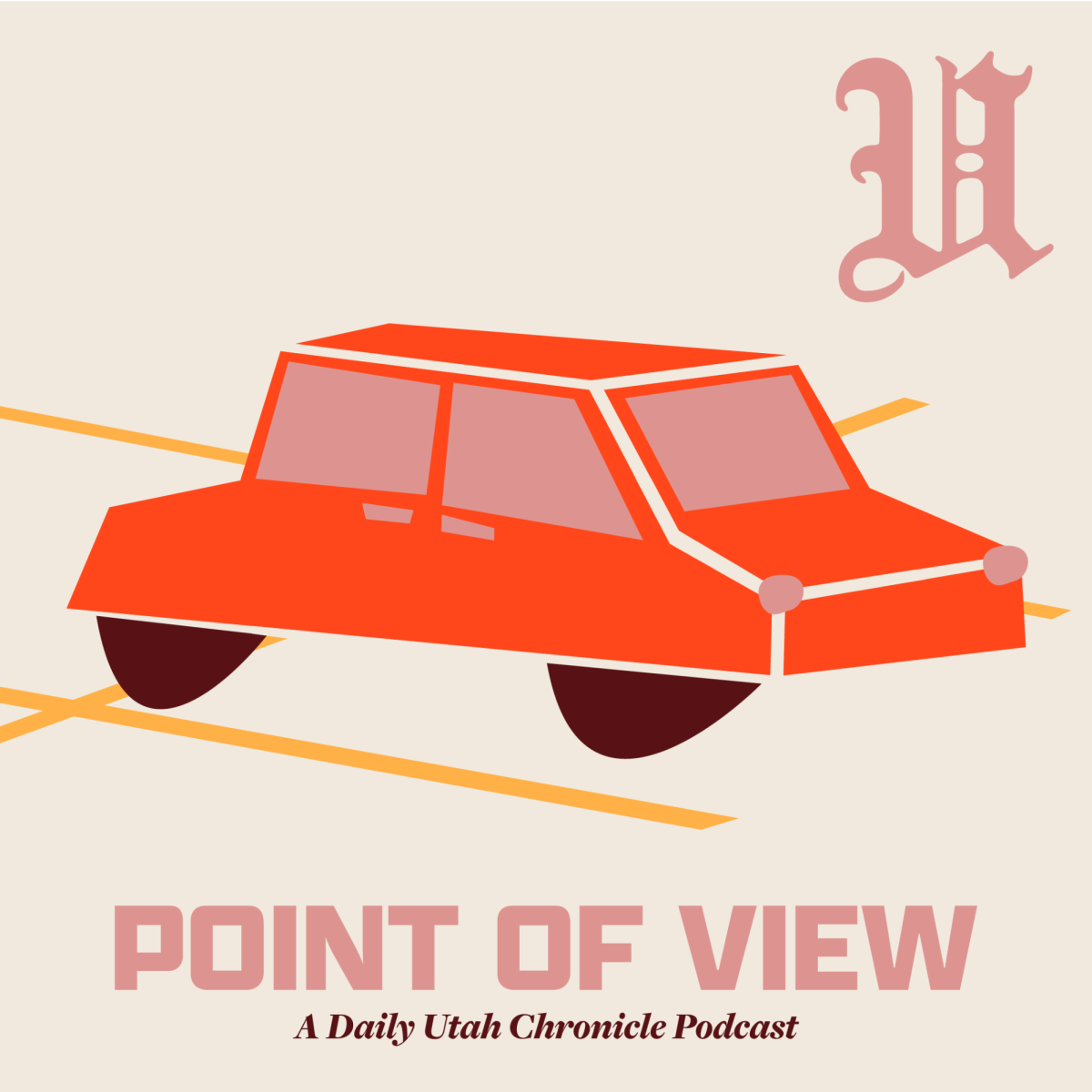





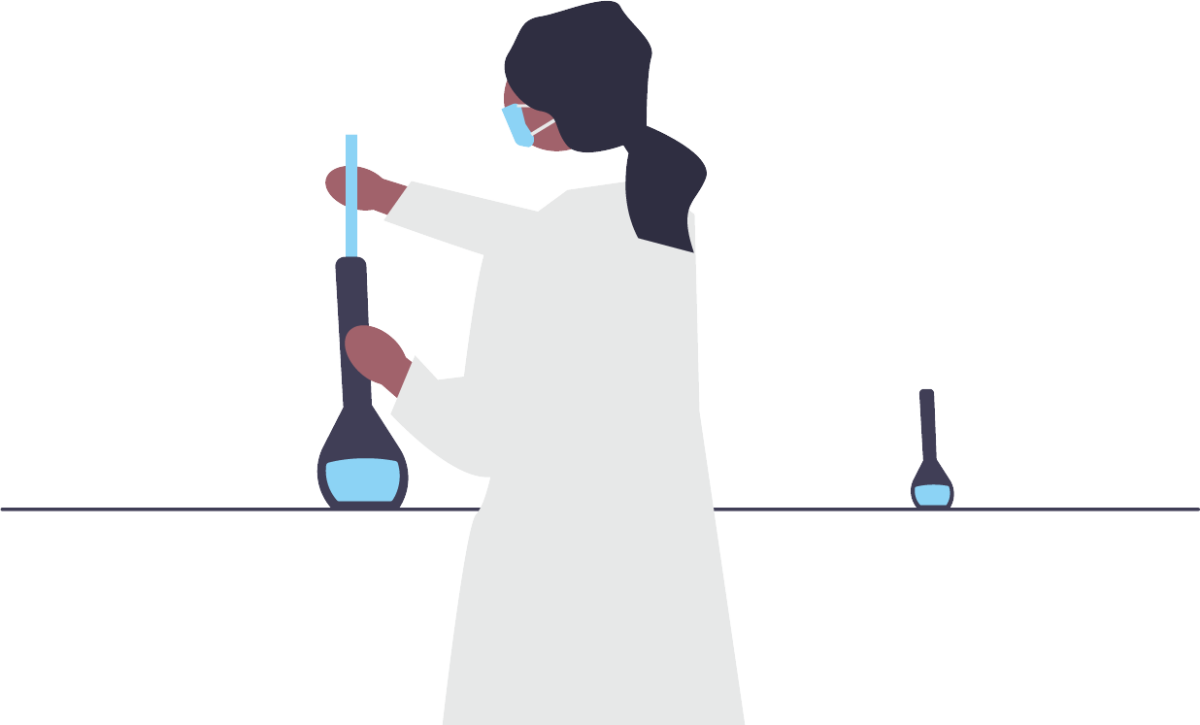


John Hedberg • Feb 27, 2024 at 5:04 pm
P.s. It might be worth adding that many comorbidities are obesity-related, so for most non-athletes (athletes typically have above average lean muscle mass), keeping a BMI below 25 is a good way to avoid all kinds of disease effects, not just COVID-related, including CVD, hypertension, stroke, cancer, diabetes, metabolic disease, fertility issues, and even mental health sequelae. Proper daily diet & exercise at a lean weight, taking up unmet responsibility, pursuing positive passions, laughing & having fun, and good sleep are a “miracle cure”. (Prayer/mindfulness also has important health benefits)
FYI~
John Hedberg • Feb 27, 2024 at 10:46 am
Angela,
I don’t understand why you sometimes stoke baseless fear and rage in the (apparent) need for more collective action, no matter which issue you’re discussing, when it’s been collective action (consensus over data) that causes most of the harms (in this case, from COVID).
First of all, Utah has a (coronavirus dot utah dot gov forward slash case-counts) website that’s shown regular infectious disease data since early in the pandemic, including virus levels in waste treatment, and though waste levels are elevated, hospital admissions are actually almost flat, and the graph shows they’ve been decreasing since New Year’s, not increasing. They also show that far more people are at risk from pneumonia and flu than COVID. The only exception is people over 65, and most of them die WITH COVID, not OF COVID. For instance, my mother died of pneumonia, but she had numerous other comorbidities (I mentioned she was an addict), so while seniors and others do die with COVID, statistics show they usually have 3-5 other significant comorbidities that were the actual cause of death. This has been true since the beginning of the pandemic, which is over, since most people have natural immunity at this point.
If you do a detailed re-search, studies show that masks make almost zero difference in reducing COVID transmission, and this was also true from the beginning, but the “collective” decided to put the narrative ahead of the science, the same way they told us that the mRNA vaccines would prevent us from getting COVID (proven untrue by emerging data) and that the vaccines would prevent transmission even if we got COVID (also untrue: one of Pfizer’s VP’s recently testified before the EU Parliament that Pfizer never tested whether the vaccines prevented transmission, but Rochelle Walensky, the CDC Director, swore that transmission would be zero with the vaccine, and everyone ended up getting immunity the natural way by getting the virus, instead of from the vaccine that wasn’t a vaccine). So, masks don’t really do more than provide an emotional crutch to those who feel chronic anxiety, and university aged people were never really dying of COVID anyway, not even during Alpha or Delta. CDC and WHO data shows young people were as likely to die from pneumonia/flu as from COVID, even without the “vaccine”.
No death is a small matter, but except for people with multiple other comorbidities, COVID herd immunity protects most people at a similar level that herd immunity protects us from pneumonia/flu. Every death is a tragedy, and frontline workers use every tool to prevent death, but unless you want to live by yourself on an island, disease (seasonal and otherwise) has been with us always, and the best thing we can do is eat healthy amounts of nutritious food, keep away from processed foods and seed oils, get plenty of exercise of varying types, sleep well, and enjoy a varied social life with plenty of diverse folks, even if this increases the likelihood that we’ll catch something: if we stay healthy in our habits, then the most likely outcome is more herd immunity after a sniffle or two, and the rest is simply about applying a positive attitude in positive ways (i.e. no more fear-mongering or assuming “the collective” is going to save anyone, when a “collective” can’t see data in real time the way an individual can. That’s why daily emerging science is more important than consensus).
Have a good one, Angela~! (and read more history/science from a variety of real books: they’re more likely to have research notes attached, something you can reference before needlessly jumping up and down in response to someone else’s anonymously sourced propaganda). 🙂👨🎓🙂👩🎓